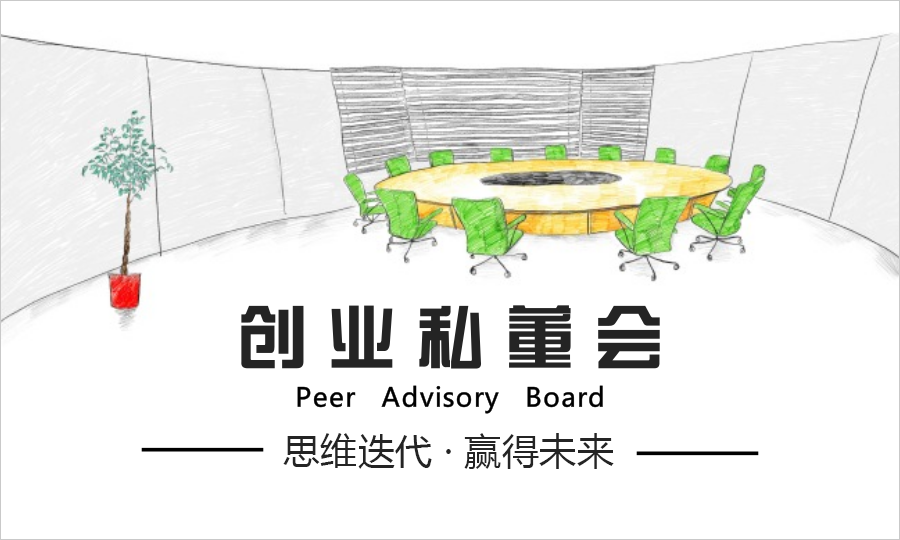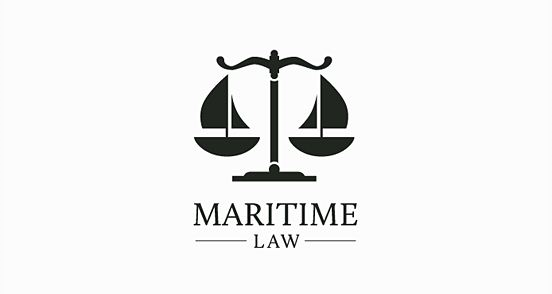
当前课程知识点:Diagnostics in Chinese Medicine > Week 3 Basic Theory of Chinese Medicine 3:Qi,Blood and Body Fluid Theory > Frequently Asked Questions > Frequently Asked Questions
返回《Diagnostics in Chinese Medicine》慕课在线视频课程列表
返回《Diagnostics in Chinese Medicine》慕课在线视频列表
老师 气有元气 卫气 营气和宗气的分类
我们还有
肝气 心气 脾气 胃气 肺气和肾气的描述
我们应该如何去理解这些脏腑之气呢
人体的气除了有元气 卫气 营气和宗气
四种分类之外
还有脏腑之气和经络之气等等
实际上脏腑之气和经络之气
都是元气所派生的
是元气分布在脏腑 经络而形成的气
它能维持和推动脏腑 经络的
正常生理活动
所以 为了便于理解肝气 心气 脾气 胃气
肺气和肾气这些脏腑之气的意义
我们可以转化成如下描述来理解
比如 肝气
就是肝的 疏泄和藏血的功能
心气 就是心的主血脉和主神志的功能
脾气 就是脾的运化的功能
胃气 就是胃的受纳腐熟的功能
肺气 就是肺的呼吸 宣发和肃降的功能
肾气 就是肾的藏精的功能等等
比如 我们说
脾气充足 就可以理解为脾的运化功能是正常的
脾气虚弱 就可以理解为脾的运化功能失常
心气充足 就可以理解为心主血脉
和主神志的功能正常等等
老师 气和血的关系
是气为血帅 血为气母 其中气能生血
血能养气 气能行血
在日常生活调养中有什么指导意义呢
由于气血同源 气为血帅 血为气母
因此我们对气或者血的病变时
常常要整体考察
才能够有效的治疗疾病
比如 对于血虚的病人
我们在用当归进行补血治疗的时候
因为气能生血
所以我们还需要在补血的基础之上
同时加上补气的药进行治疗
比如 当归加黄芪
这样就能更好的达到补血效果
同样的 对于气虚的人进行治疗的时候
由于血能养气 因此我们在用
黄芪 党参补气的基础之上
还应该配合诸如 当归等补血的药物来进行治疗
随着人们生活水平提高
有血管硬化倾向的人逐渐增多
这容易导致比较严重的心脑血管疾病
血管硬化 在中医多辨证为血瘀
治疗上 通常采取活血化瘀的方法来进行治疗
比如选用田七和丹参等等药物
但是只是单纯的用活血的药物效果
通常是不太好
气为血帅的理论告诉我们 气能行血
因此我们在活血的基础之上
再加上补气行气的药物
比如 西洋参
就能更好的软化血管 预防心脑血管疾病
因此我们推荐给大家 尤其是老年人朋友
将西洋参 田七和丹参
这三种药物联合应用
是预防和治疗
血管硬化的一个行之有效的保健方法
-Introductory remark
--QQ groups、WeChat public account
-Introduction
--【Discussion 1】Why do you want to take this course?
-Unit test for Introduction
-1.1 Yin-yang theory
-1.2 The theory of five elements
--1.2.1 The theory of five elements
--1.2.2 Application of the theory of five elements
-Frequently Asked Questions
-Unit test for week 1
-2.0 Outline
--【Discussion 2】How to understand the holistic view centered on the Zang Fu theory?
-2.1 Liver
--【Discussion 3】Why is repose more important than vigorous exercise in recuperation for patients with
-2.2 Heart
-2.3 Spleen
-2.4 Lung
--2.4 Lung
-2.5 Kidney
-2.6 Six fu organs
-Frequently Asked Questions
-Unit test for week 2
-3.1 Qi
--3.1 Qi
-3.2 Blood
-3.3 Body fluid
-3.4 The relationship of qi, blood and body fluid
--3.4 The relationship of qi, blood and body fluid
--【Discussion 4】A discussion about the theory of qi, blood and body fluid
-Frequently Asked Questions
-Unit test for week 3
-4.0 Outline
-4.1 Six exogenous factors
--4.1.2 Nature and pathogenicity of wind and cold
--4.1.3 Nature and pathogenicity of summer heat and damp
--4.1.4 Nature and pathogenicity of dryness and fire
-4.2 Etiology of visceral impairment
--4.2 Etiology of visceral impairment
-Frequently Asked Questions
-Unit test for week 4
-5.0 Outline of inquiry
--【Discussion 5】If you were a patient, how would you describe your condition to your doctor first?
-5.1 Inquiry of Chills and fever
--5.1.1 Chills and fever(Aversion to cold with fever)
--5.1.2 Chills and fever(Chills without fever)
--5.1.3 Chills and fever(Fever without chills)
--5.1.4 Chills and fever(Alternative chills and fever)
--【Discussion 6】How to understand "if you have clinical manifestations of cold, that is exterior syndr
-5.2 Inquiry of perspiration
-Frequently Asked Questions
-Unit test for week 5
-5.3 Inquiring of pain
--【Discussion 7】How to understand "stagnation leading to pain and innourish leading to pain"?
-5.4 Inquiring of head, body, thorax and abdomen
--5.4 Inquiring of head, body, thorax and abdomen
-5.5 Inquiring of ears and eyes
--5.5 Inquiring of ears and eyes
-5.6 Inquiring of sleep
-5.7 Inquiring of food and drink, appetite and taste
--5.7 Inquiring of food and drink, appetite and taste
-5.8 Inquiring of defecation and urination
--5.8.1 Inquiring of defecation
--5.8.2 Inquiring of urination
-5.9 Inquiring of infantile and women's disease
--5.9 Inquiring of infantile and women's disease
-Unit test for week 6
-6.0 Outline of Observation
--【Discussion 8】Please use the whole body inspection (including the expression, complexion and figure)
-6.1.1 Observation of vitality
--6.1.1 Observation of vitality
-6.1.2 Observation of the color
--6.1.2.1 The content, principles of inspection of the color
--6.1.2.2 Indication of diseases by five colors
--【Discussion 9】How do you understand the normal complexion of a normal people?
-6.1.3 Observation of the appearance
--6.1.3 Observation of the appearance
-6.1.4 Observation of figure and posture
--6.1.4 Observation of figure and posture
-Unit test for week 7
-6.2.1 Observation of head and face
--6.2.1 Observation of head and face
-6.2.2 Observation of five sensory organs
--6.2.2.1Observation of five sensory organs(observation of eyes,ears,nose)
--6.2.2.2Observation of five sensory organs(observation of lips,teeth and gums,throat)
-6.2.3 Observation of body
-6.2.4 Observation of limbs
-6.2.5 Observation of two lower orifices
--6.2.5 Observation of two lower orifices
-6.2.6 Observation of skin
-6.3 Observation of excreta
-6.4 Observation of infantile fingerprints
--6.4 Observation of infantile fingerprints
-Frequently Asked Questions
-Unit test for week 8
-7.1 Outline of tongue inspection
--7.1.1 The morphology and structure of the tongue
--7.1.2 The principle of tongue examination
--7.1.3 The method and precaution of tongue examination
--7.1.4 The content of tongue examination, normal tongue
-7.2 Inspection of tongue structure
--7.2.1 Observe the color of tongue
--7.2.2 Observe the shape of tongue
--7.2.3 Observe the states of tongue
--7.2.4 Observation of sublingual vein
-7.3 Observation of tongue coating
--7.3.1 Observation of coating texture
--7.3.2 Observe the color of coating
-7.4 Clinical significance of tongue diagnosis
--7.4 Clinical significance of tongue diagnosis
--【Discussion 10】Why to observe the tongue can be used to diagnose disease?
-Unit test for week 9
-8.1 The principle of pulse examination
--8.1 The principle of pulse examination
-8.2 The regions and methods of pulse examination
--8.2 The regions and methods of pulse examination
-8.3 The elements of pulse examination and the normal pulse
--8.3 The elements of pulse examination and the normal pulse
-8.4 Characteristics and significance of pulse
--8.4.1 Superficial pulse, deep pulse, slow pulse, rapid pulse
--8.4.2 Surging pulse, thin pulse, long pulse, short pulse
--8.4.3 Feeble pulse, forceful pulse, slippery pulse, uneven
--8.4.4 Taut pulse, tense pulse,soggy pulse, moderate pulse
--8.4.5 Knotted, slow-regular-intermittent, irregularly abrupt
-8.5 Similar pulse, concurrent pulse, pulse indicating deterioration of visceral qi۞
--8.5 Similar pulse, concurrent pulse, pulse indicating deterioration of visceral qi۞
--【Discussion 11】Why is complex pulse more common than single-factor pulse?
-8.6 Women’s pulse, children’s pulse
--8.6 Women’s pulse, children’s pulse
-8.7 The clinical significance of pulse diagnosis
--8.7 The clinical significance of pulse diagnosis
-Unit test for week 10
-9.1 Listening
-9.2.1 Abnormal sound
-9.2.2 Abnormal language
-9.2.3 Respiratory abnormality
--9.2.3 Respiratory abnormality
-9.2.4 Cough
--【Discussion 12】How to observe the patient's cough sound and sputum changes to determine whether the
-9.2.5 Abnormal sounds of the stomach and intestines
--9.2.5 Abnormal sounds of the stomach and intestines
-9.3 Smelling
--【Discussion 13】How to diagnose by smelling?
-Unit test for week 11
-10.1 The method, meaning and precautions of palpation
--10.1 The method, meaning and precautions of palpation
-10.2 Contents of palpation
--10.2.1 Palpating chest and hypochondrium
--10.2.2 Palpating stomach and abdomen
--10.2.4 Palpating hands and feet, palpating acupoints
--【Discussion 14】How to determine whether external or internal injuries?
-Unit test for week 12
-Conclusion
-Final Exam
--Final Exam

